Svaneti is one of the most beautiful parts of Georgia and the highest inhabited area in the Caucasus. It’s sometimes called the “land of thousand towers” and its mountains hide the centuries of old culture, history and traditions. More details after the jump.

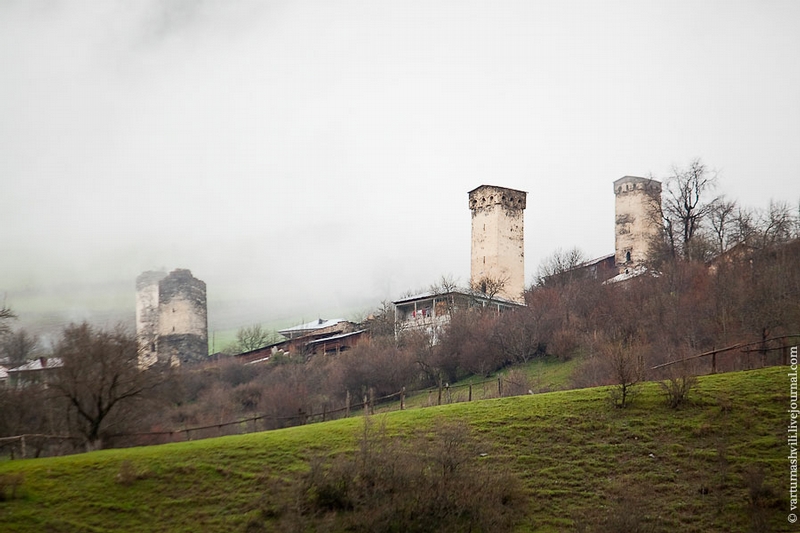
The main attraction of Svaneti is its defensive towers. The “youngest” of them is more than 700 years. Such towers served as small family fortresses and were used during frequent conflicts. In peacetime, Svan families lived in nearby houses.

The villages with the most towers were the border ones: Ushguli in the East and Latali in the West. There are a lot of debates about the time to which these towers are dated, but most scholars believe that they were built in the 12th – 13th centuries, during the time of the “golden century” of Svaneti and the reign of Queen Tamara.
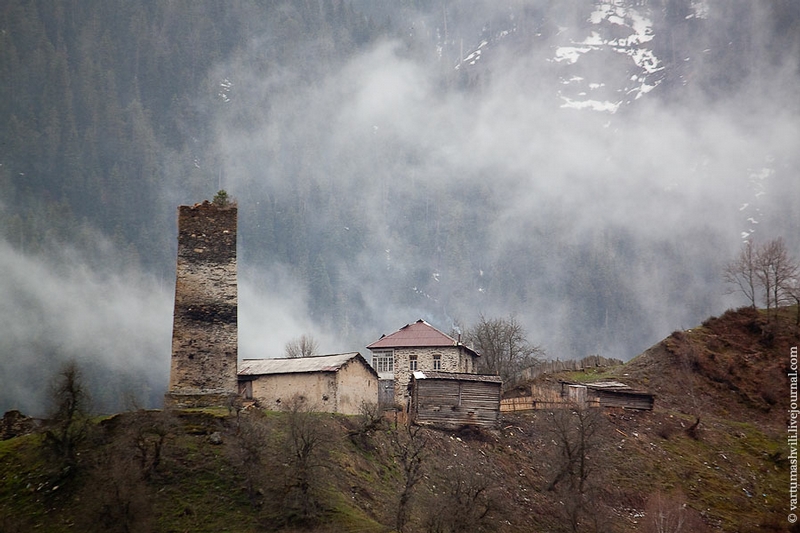

The thickness of their walls is quite impressive. And no wonder, the building of each tower lasted several years.
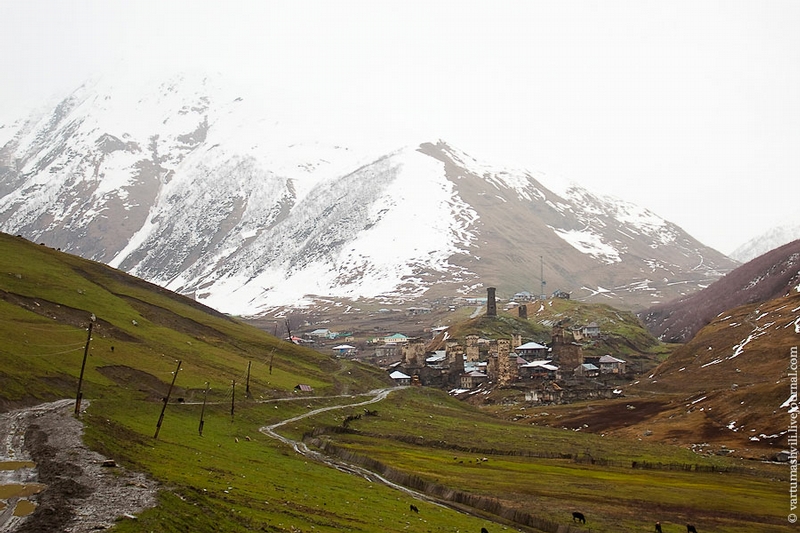
Svan mountain villages resembled medieval fortresses and some of them really had a defensive wall and fighting towers. A Svan farm was a complicated complex of residential and utility buildings collected under one roof, but located on different floors.
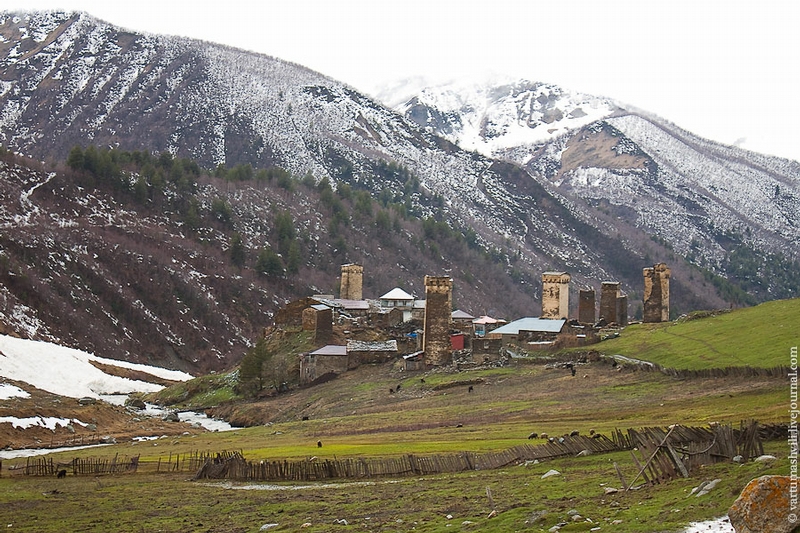
The main room was located on the ground floor, in the center of which was a hearth with a whole family around it. Along the walls were stalls and pens, separated from the central part with a carved wooden screen with windows in it.
The room was divided into male and female halves: in the first one were a wooden chair of a senior man, a carved bench with a back (his bed), tools for working and weapons; in the second one – a loom, a yarn, jugs of water, everyday utensils, etc.
The second floor was used for storing hay and other feed for cattle. It housed barns and storerooms. It was possible to sleep there in summer. And, as we already said, a high defensive tower was attached to the whole building.
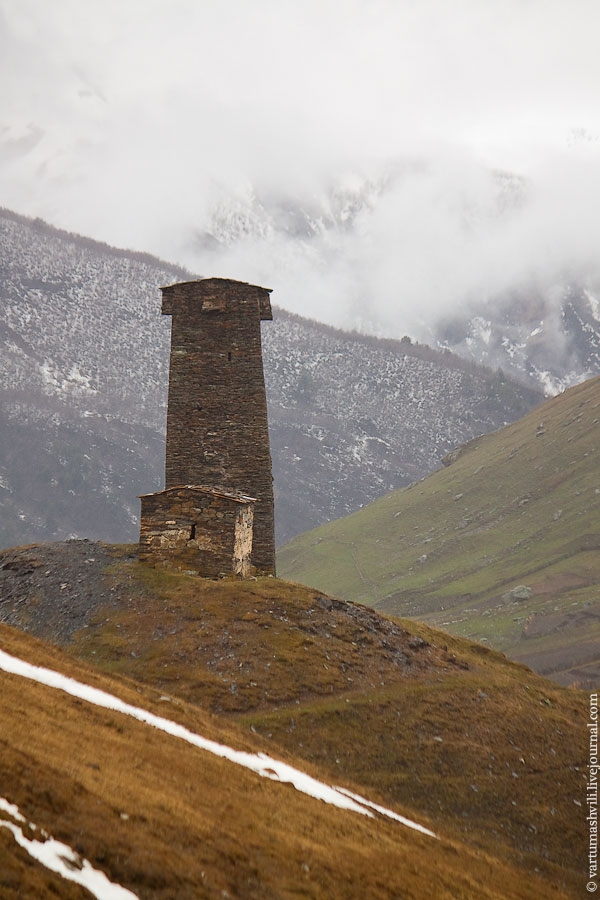
Blood feud in Upper Svaneti exhausted the country even more than constant wars with foreign enemies. War was fought not only between individual villages, but also between houses. It was enough to say a rude word or kick someone’s dog to get a bullet in the forehead. In this case men climbed into their towers. They took women and children, smoked meat carcasses, ammunition and wooden flasks of water with themselves. Towers had access to the house which was a kind of fortress as well. Sometimes men sat out in the towers for years…
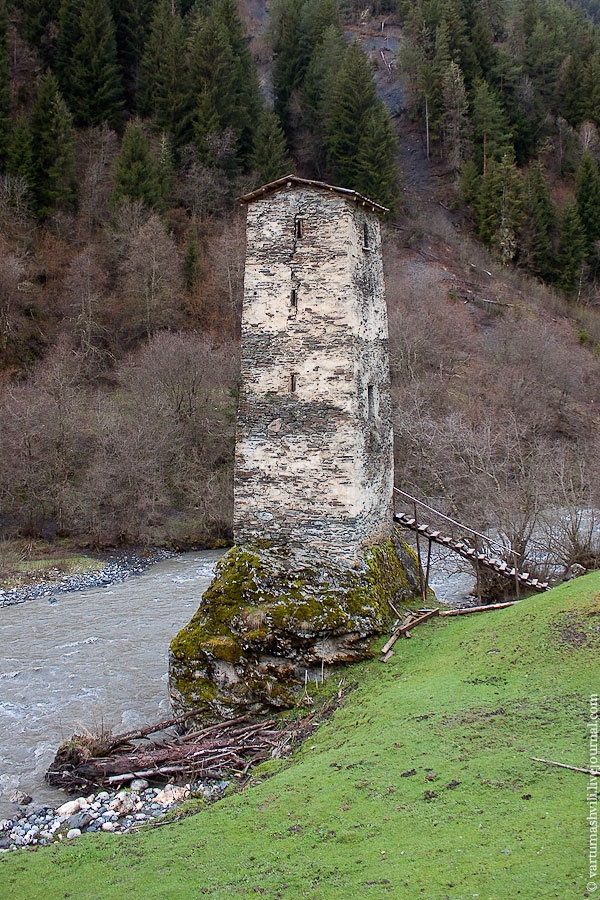
There is a beautiful legend about the tower given in the picture. When one girl lost her boyfriend, she asked her father to build her a separate tower where she lived till death in loneliness.
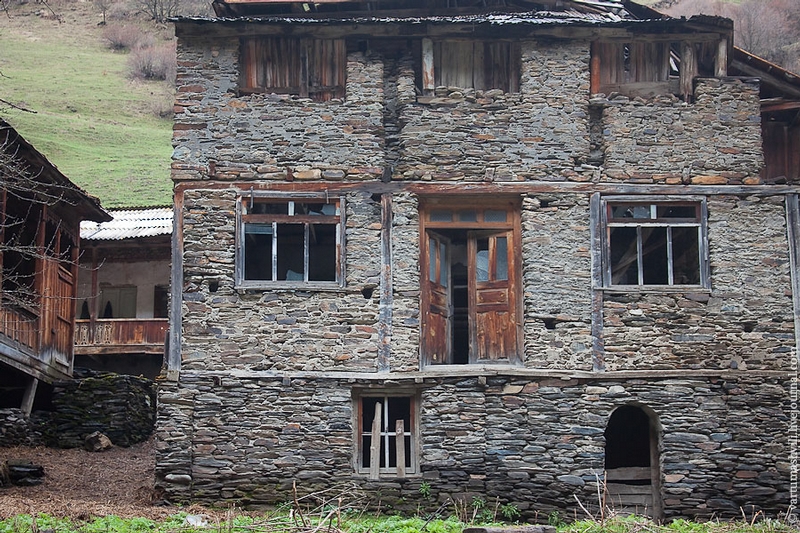
Geographically cut off from the rest of Georgia, this region was on the decline for a long time that’s why there is such a great number of abandoned houses here.

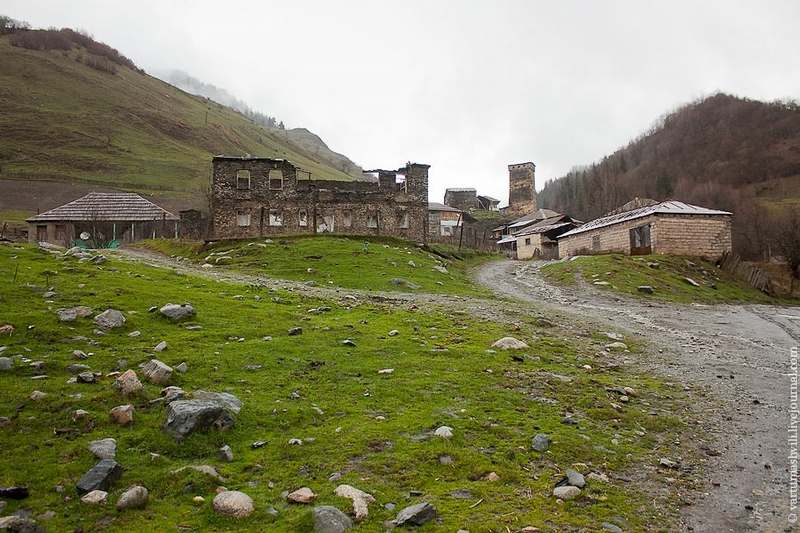
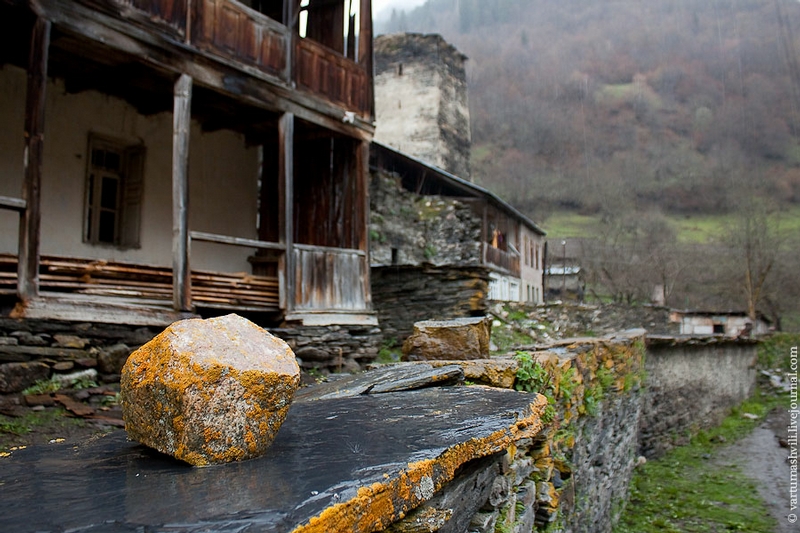
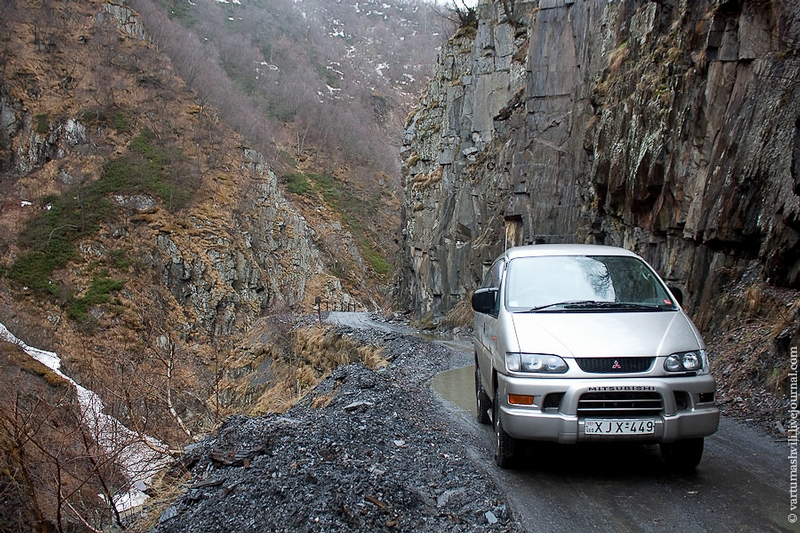
Now life gradually becomes better. The state has ambitious plans to build a year-round winter sports resort here, and the first steps in this direction have already been made. The center of Mestia have been restored, the building of the road to Zugdidi is going to be finished this year. The locals once left this place began to return to their homes as the flow of tourists gives them an opportunity to earn.
The dirt road from Mestia to Ushguli is in awful condition, it’s constantly washed away by sediments. So one has to go through the pass.

But on the other hand, there are no bad views in the mountains.
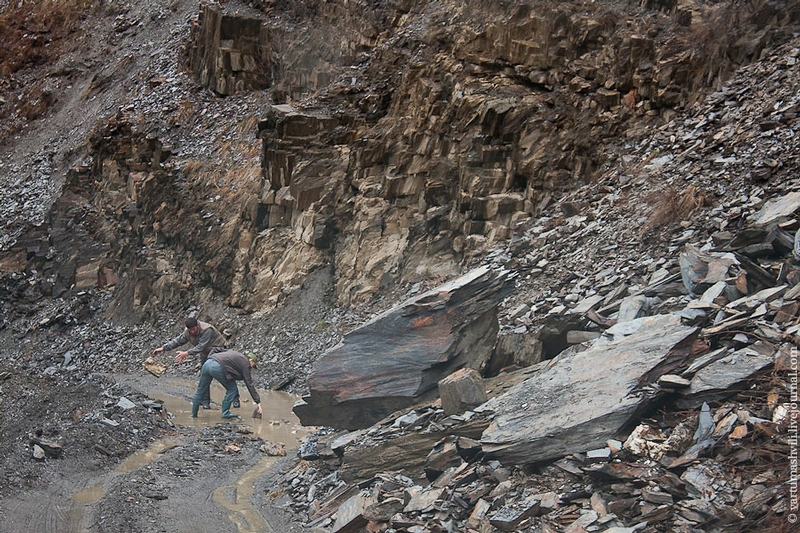
Sometimes stones fall from above to the road, and drivers have to leave their cars and clear the way.
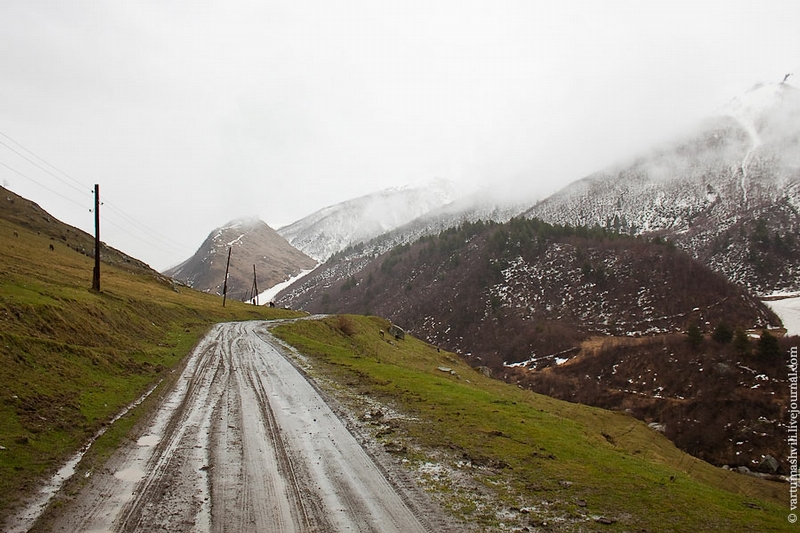
It looks like there wasn’t a normal road here even in the Soviet times.
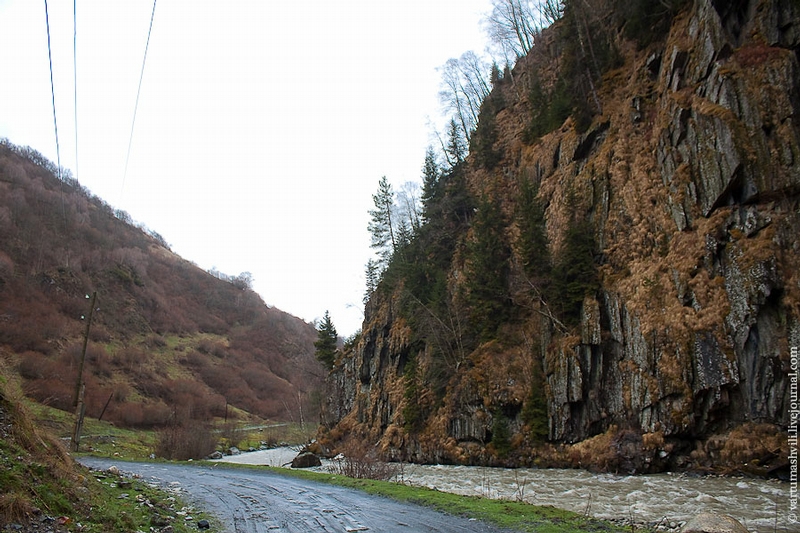
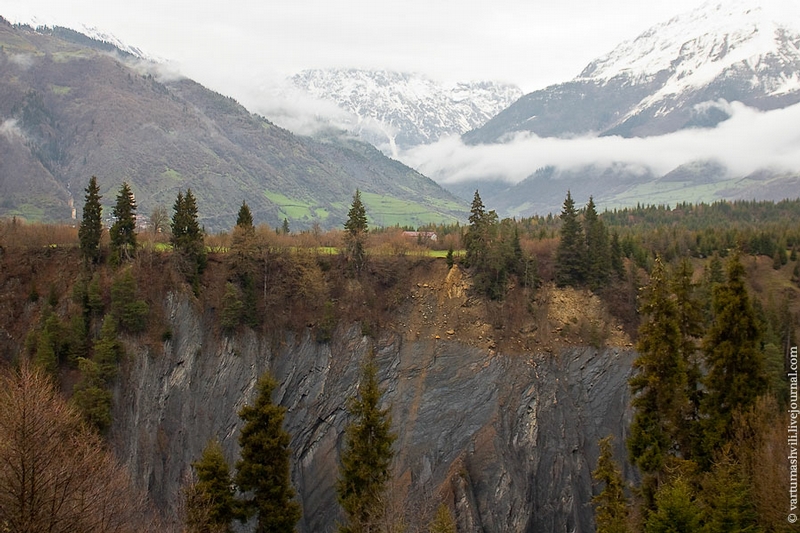
But local nature is simply amazing.
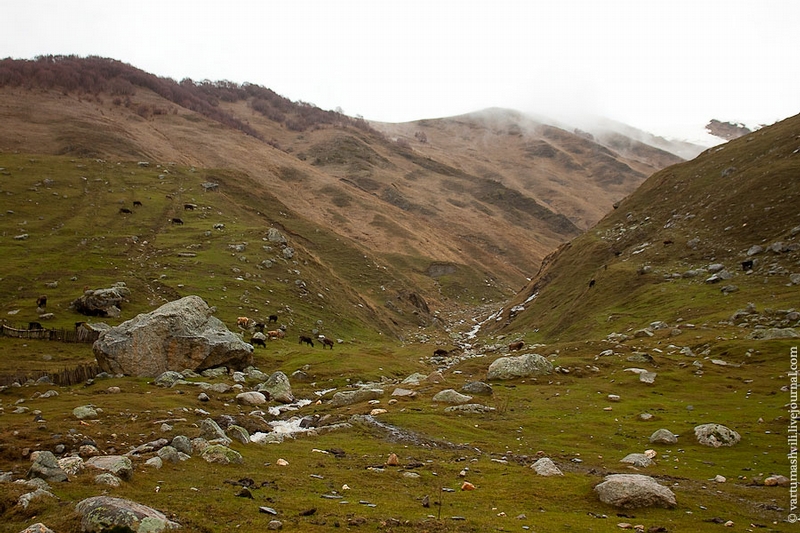
Cows are grazing.
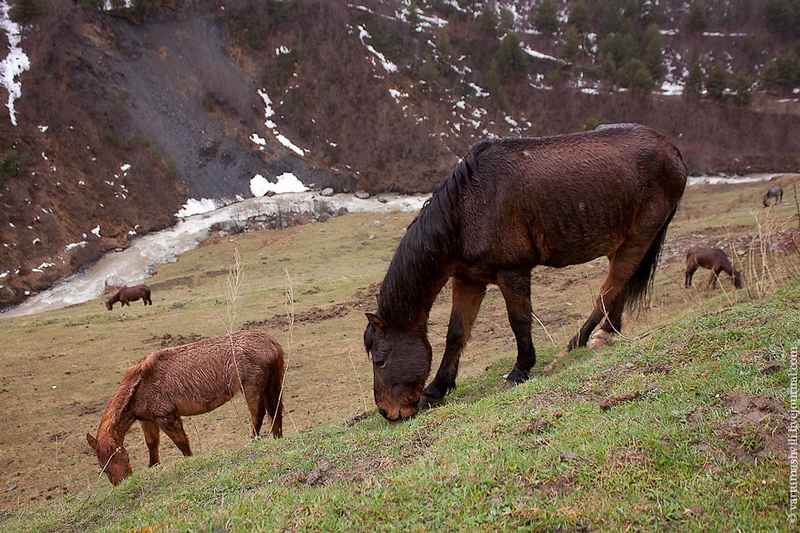
And horses.
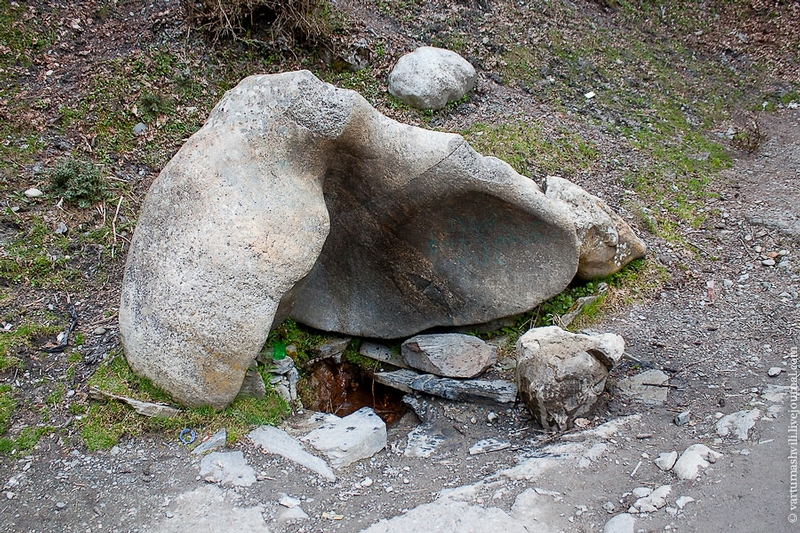
One of the numerous sources of mineral water.
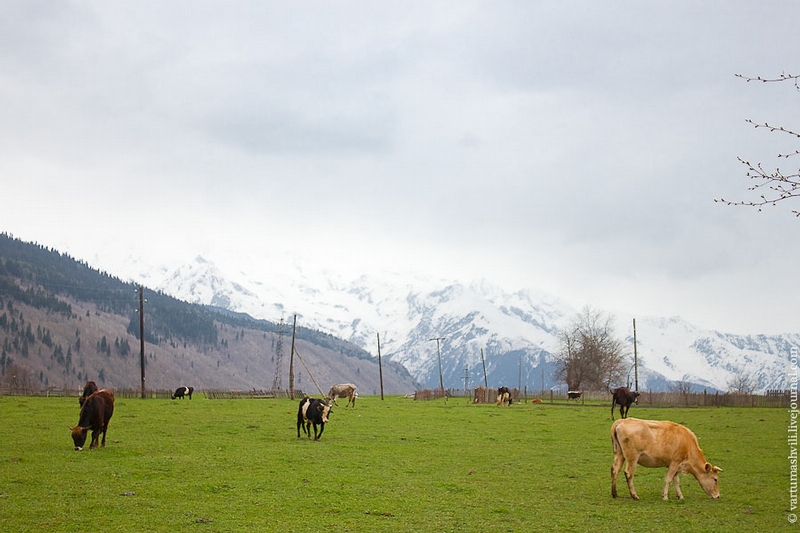
Alpine meadows. With cows.
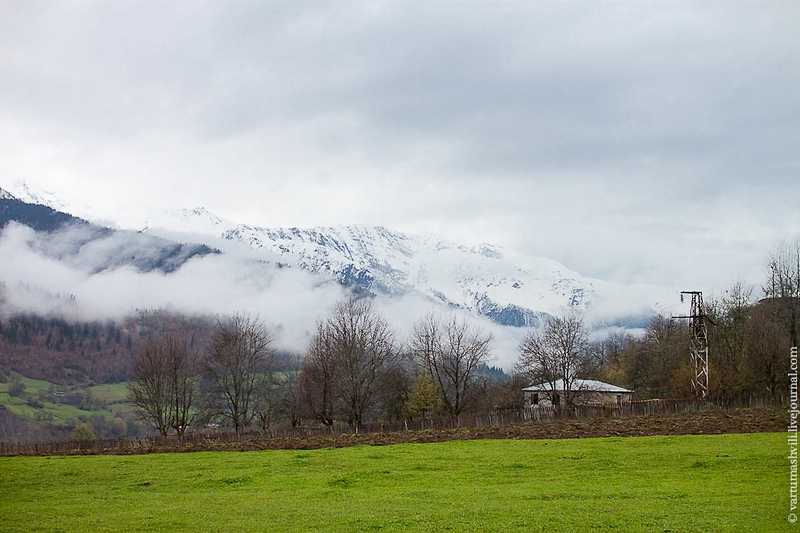
And without them.
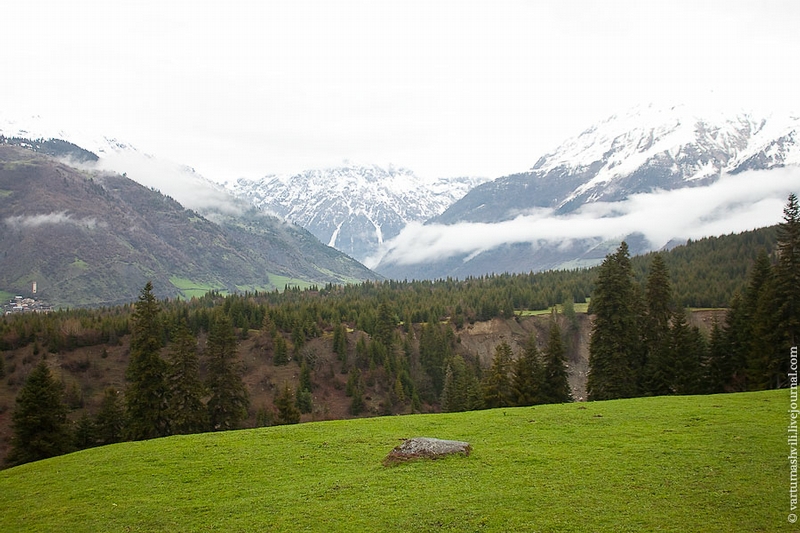
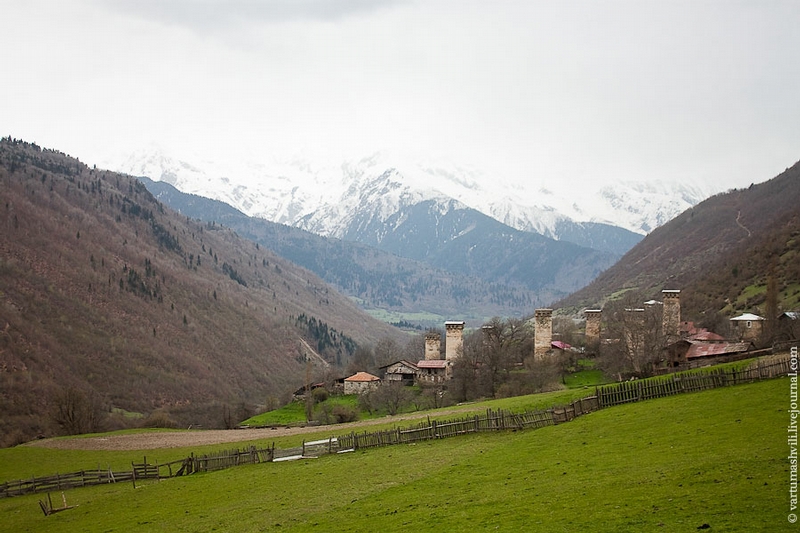
Meadows and towers.
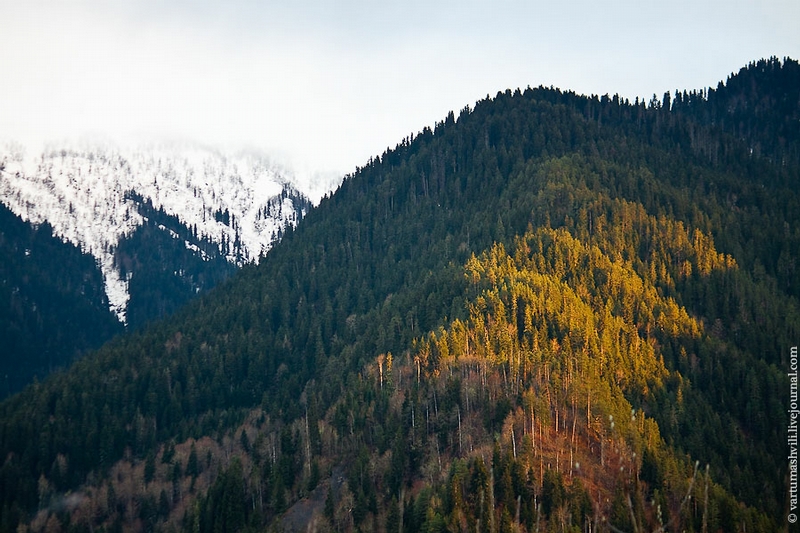
The play of light and shadow.
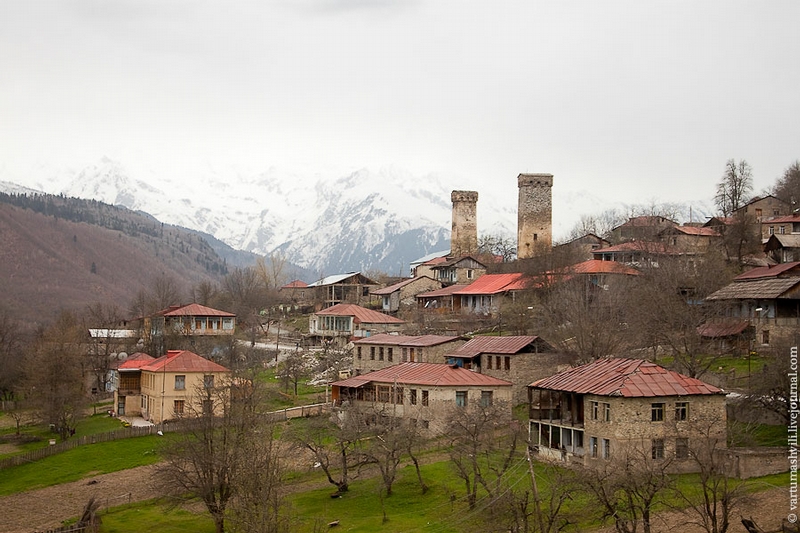
Towers again.
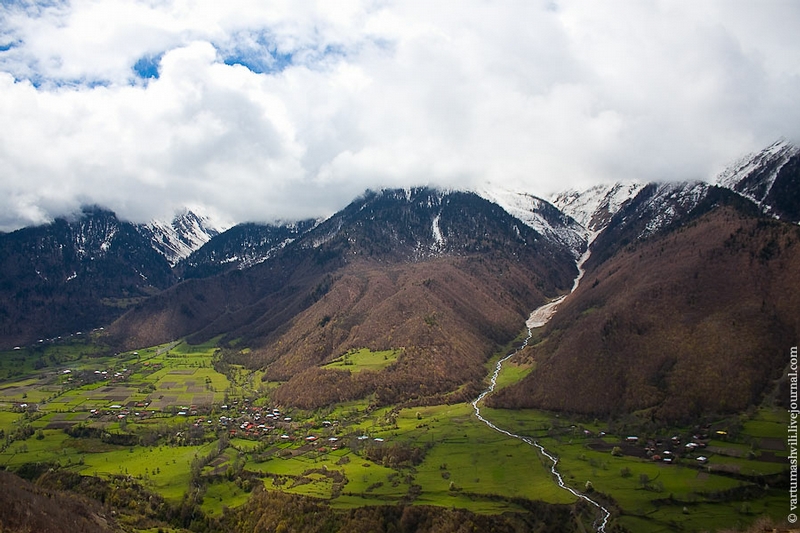
The road from Mestia to Zugdidi is no less spectacular.
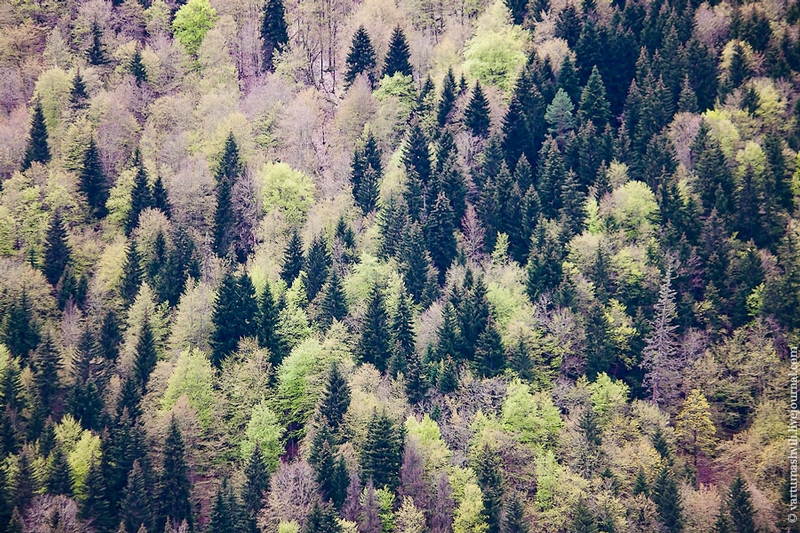
Nature is absolutely different here.
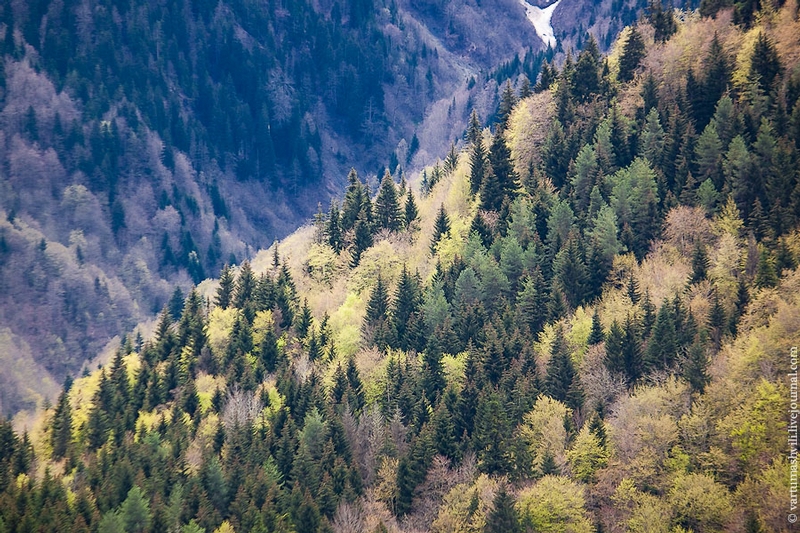
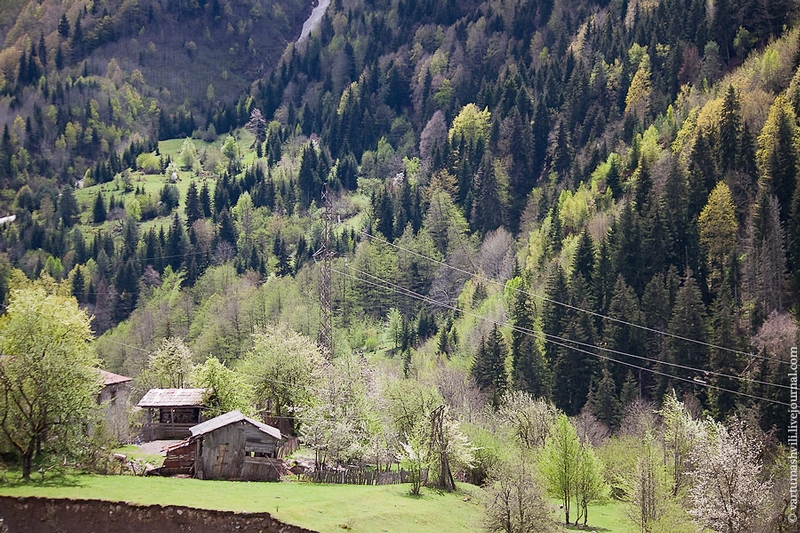
And houses are also different.
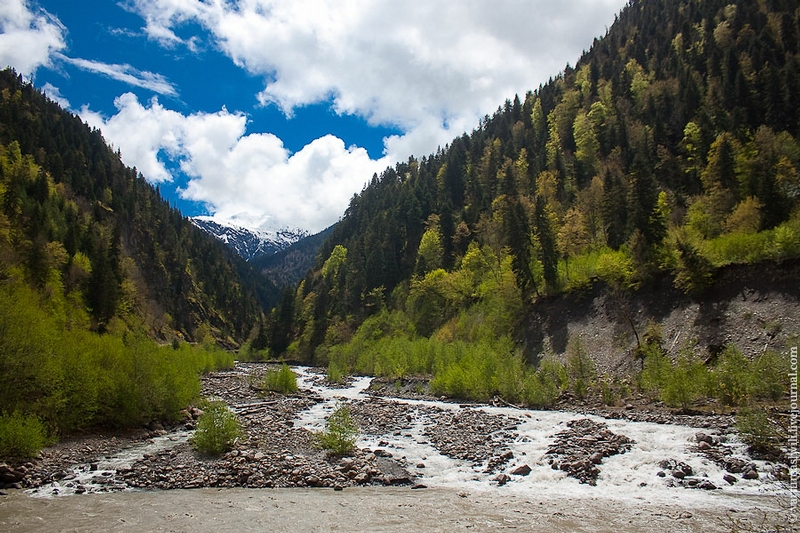
Such small streams form the great Inguri.
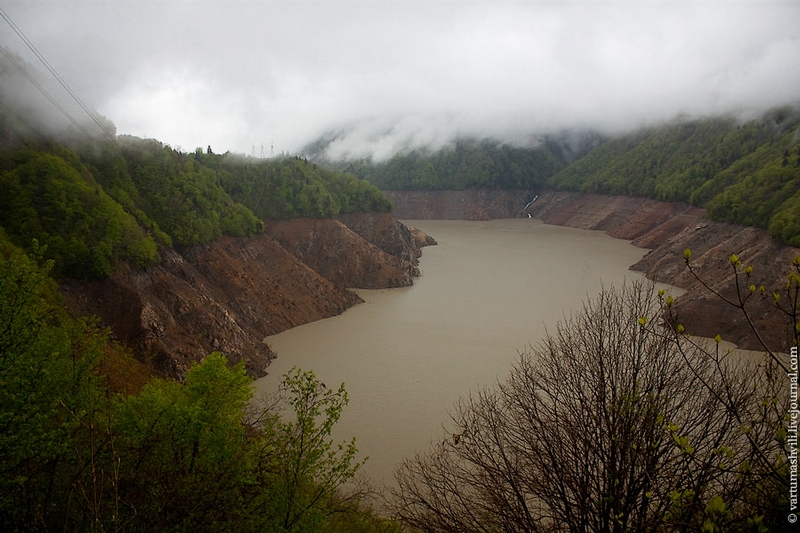
The Inguri in fog.
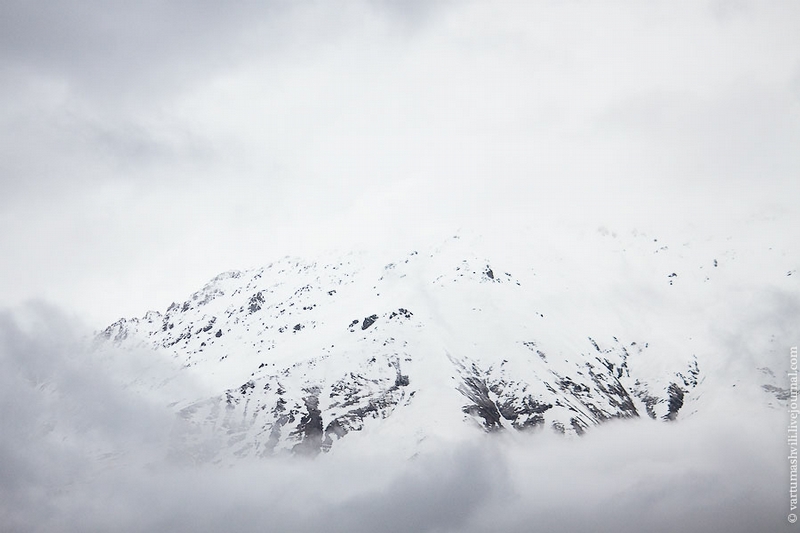
Source ; http://englishrussia.com
Aucun commentaire:
Enregistrer un commentaire